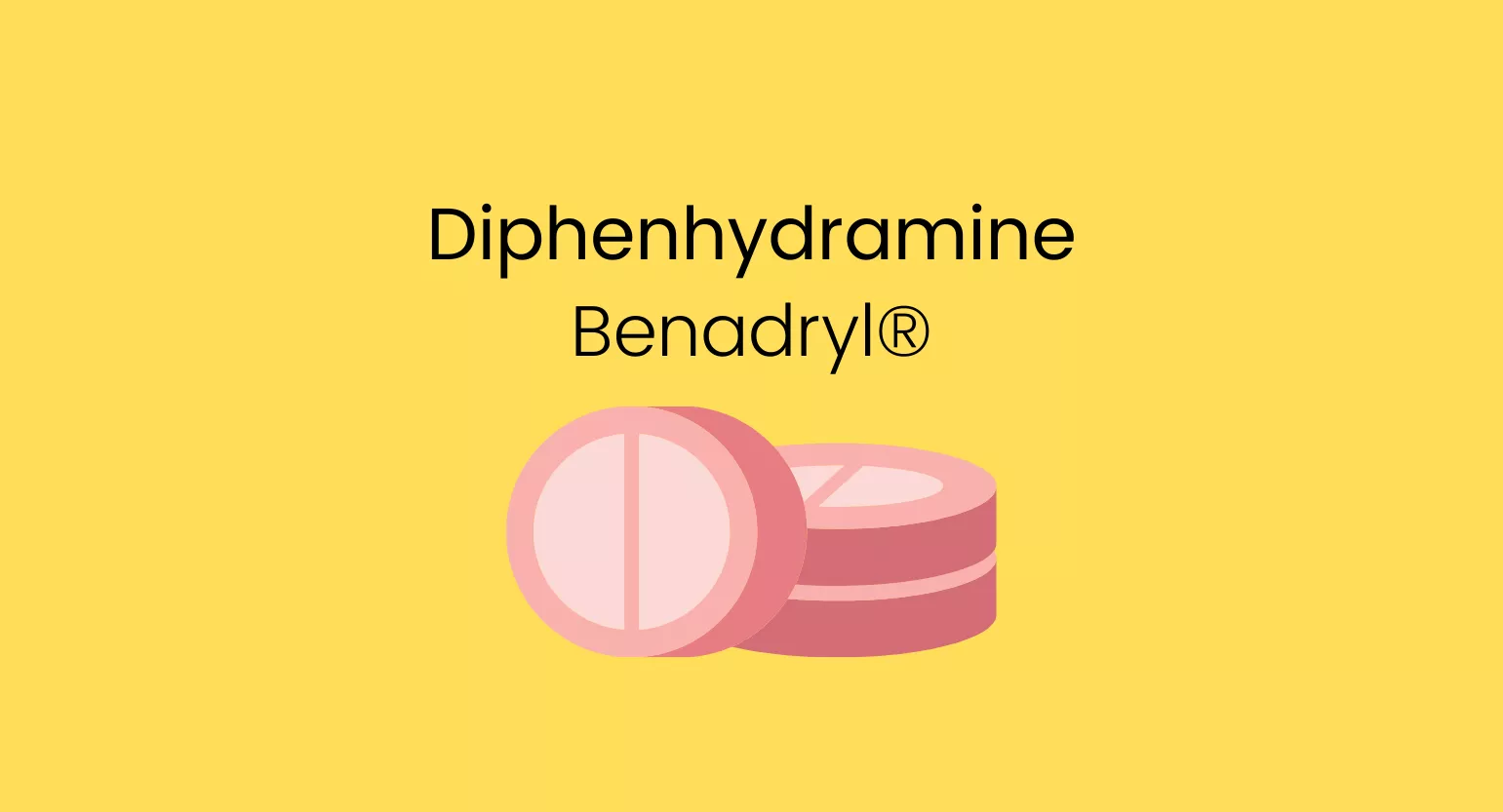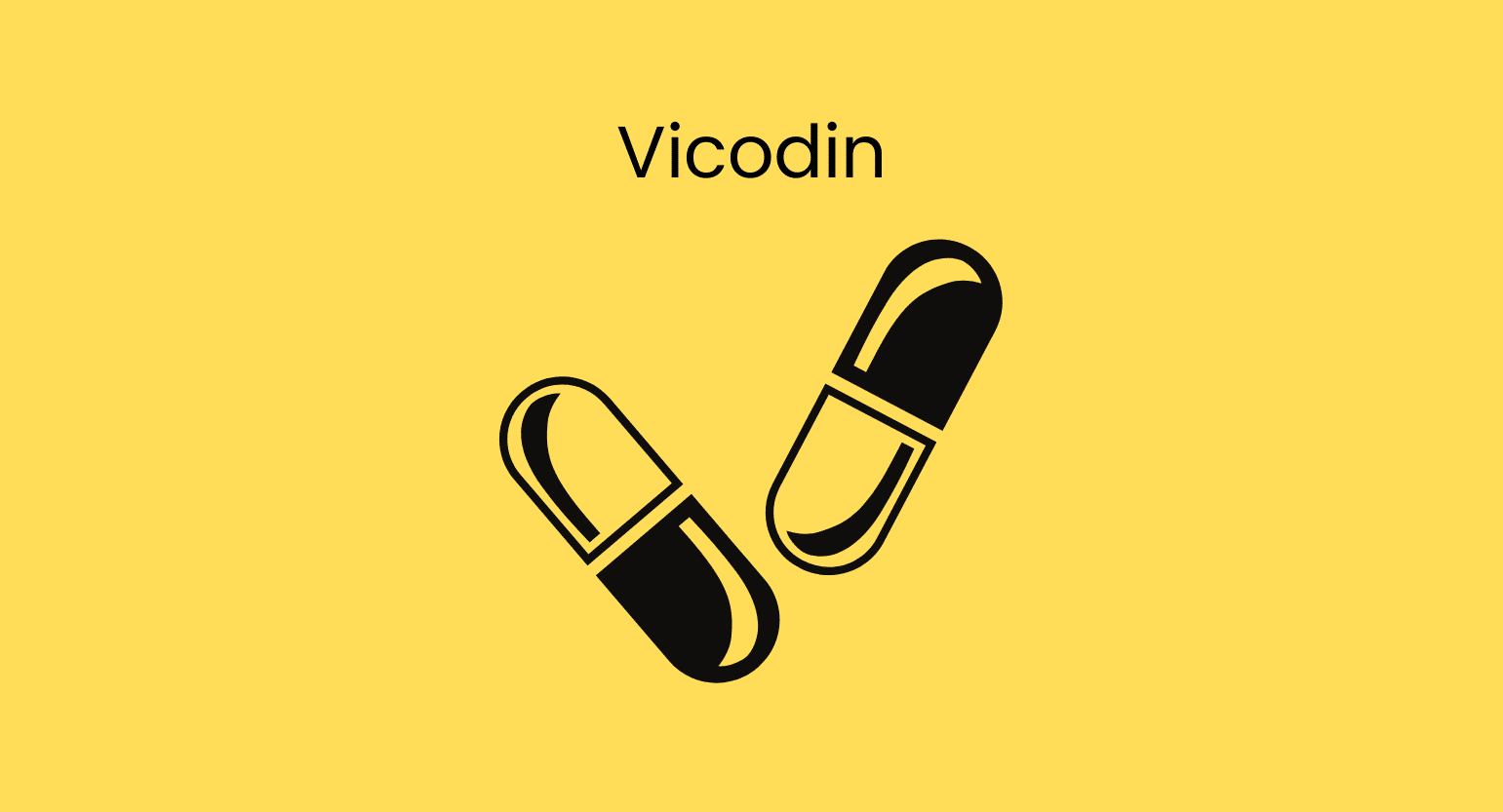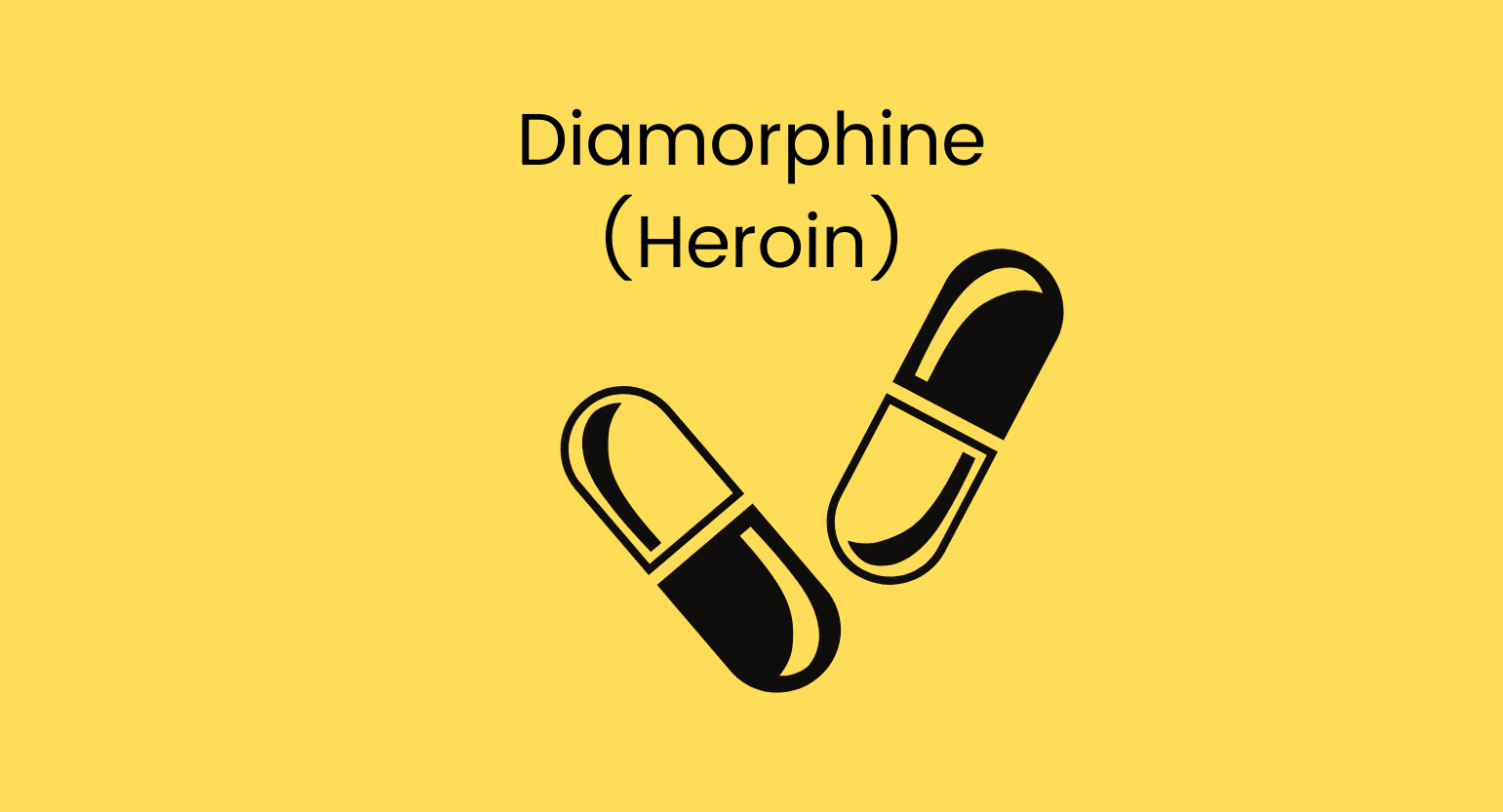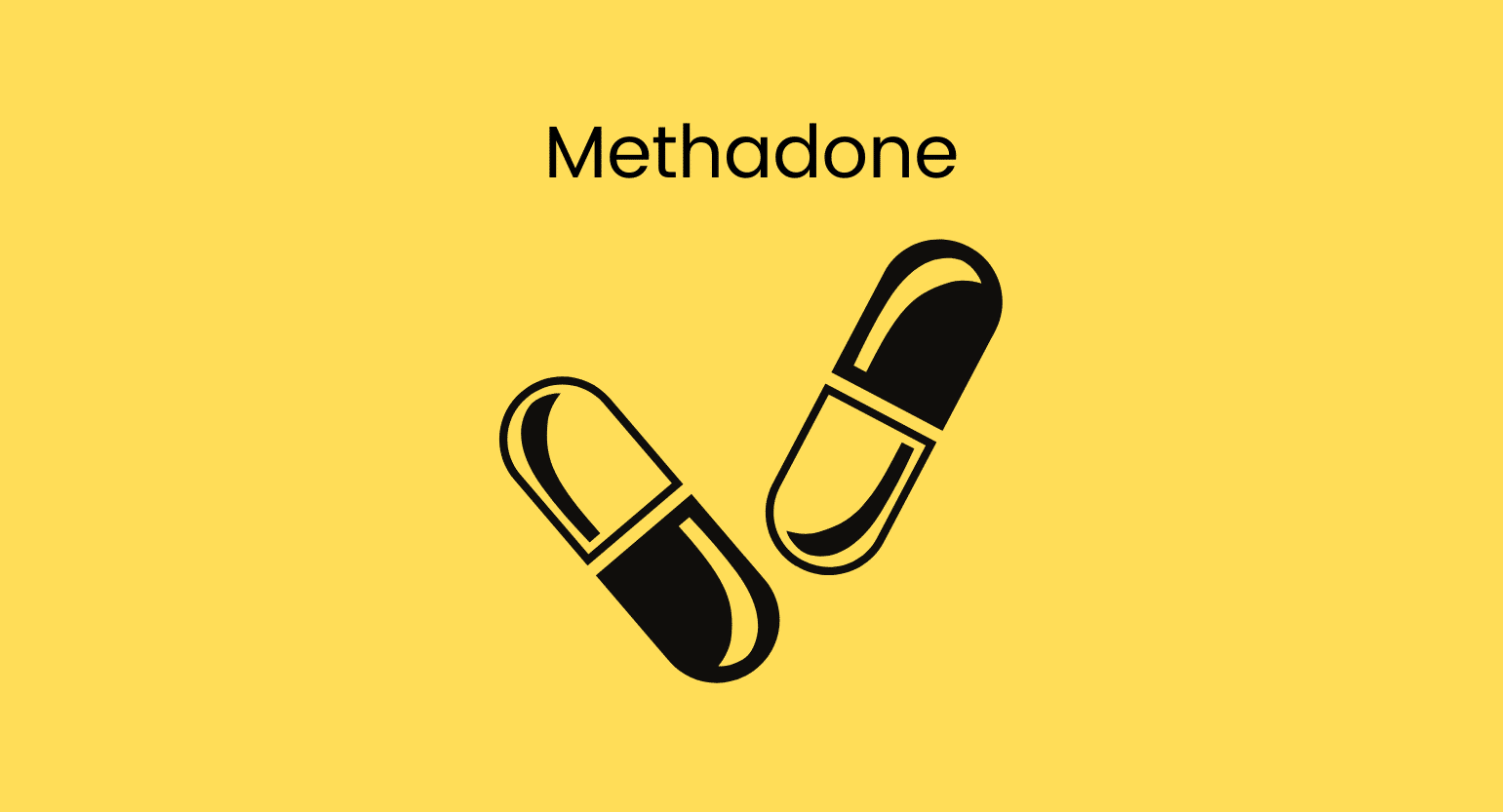Quick Comparison: Kratom vs. Acetaminophen
| Kratom | Tylenol | |
| Availability | Unregulated, illegal in some states | Unrestricted |
| Natural or Synthetic? | Natural | Synthetic |
| Active Ingredient | Mitragynine, 7-hydroxy-mitragynine & other plant-derived alkaloids | Acetaminophen |
| Indications | Boosts energy & focus; helps with chronic pain, opiate withdrawal, anxiety, & sleep | Reduces pain and fever |
| Dosage | Low to moderate: 1-5 grams, High: 5-15 grams | Maximum daily dose: 3,000 mg |
| Common Side Effects | Frequent urination, insomnia, constipation, nausea, anxiety | Nausea, stomach pain, loss of appetite, itching, rashes |
| Level of Risk | Low | Medium |
| Risk of Addiction | Moderate | None |
| Cost | $10–$20 an ounce | $12–18 for (50) 325 mg tablets |
Kratom vs. Acetaminophen: Which Is Better?
The benefits of acetaminophen (Tylenol) and kratom overlap when it comes to treating pain, but there are still considerable differences you should be aware of. Kratom and Tylenol can diverge quite a lot in possible side effects, potential risks, dosage, addiction potential, and medicinal properties.
Tylenol can be effective in the treatment of mild pain. It’s also less likely to cause adverse digestive reactions than non-steroidal anti-inflammatory drugs (NSAIDs) like ibuprofen and naproxen, which are used for the same purpose.
However, using Tylenol for pain management can be dangerous, especially when dealing with chronic conditions, as it can cause acute liver damage in high doses [1].
Kratom is rich in plant-based alkaloids, a large group of chemicals with potent pharmacologic effects, and is comparable to opioids for its analgesic qualities.
Few studies confirm this, but kratom has a long track record of use for pain management.
Regarding long-term or chronic conditions, kratom can provide effective relief and is safer than Tylenol.

What is Kratom?
Kratom is a herbal supplement made from the leaves of the Mitragyna speciosa, a tropical evergreen tree. Like the coca leaf, this plant has been used for many centuries by native people in Southeast Asia for its analgesic properties and stimulating effects.
Kratom’s benefits are derived from the two main alkaloids in the kratom plant: mitragynine and 7-hydroxymitragynine.
Kratom can be consumed in different ways, such as in pills or made into tea. You can even chew the raw leaves as the indigenous people do.
Kratom is also available in a variety of strains that offer contrasting profiles based on their different alkaloid content.
They all produce roughly the same effects, but each strain leans more towards certain benefits:
- Red vein kratom — stronger sedative and pain reliever (most similar to acetaminophen).
- Green vein kratom — most well-rounded in terms of effects. Both stimulating and sedating, depending on the dose.
- White vein kratom — strong energizer and stimulant. Not as good for pain relief.
What is Acetaminophen?
Acetaminophen is the drug name for Tylenol, Aspirin, and a long list of other medications that use the same ingredient. It acts as an analgesic and antipyretic.
This compound is part of a class of painkillers referred to as non-steroidal anti-inflammatory drugs (NSAIDs), which are effective in treating mild to moderate pain.
NSAIDs work by blocking an enzyme known as cyclooxygenase (COX-1 and COX-2). This enzyme assists the body in the production of prostaglandins, which are lipid compounds that cause pain and inflammation whenever your cells are injured [2].
By blocking the enzyme, Tylenol prevents the pain caused by these compounds and alleviates the symptoms of headaches, muscle aches, and similar occurrences.
Acetaminophen is on the WHO’s list of essential medicines.

Side Effects: Kratom vs. Acetaminophen
Kratom and Tylenol are considered safe, but they come with short and long-term side effects. We’ll take a look at each so that you can weigh the good and the bad.
Kratom’s Side Effects
Kratom is an unregulated substance. Unfortunately, this means few kratom studies currently exist, and much research is needed. Nevertheless, there are some studies, and we can also make reasonable inferences based on what we know about alkaloids and the historical use of the kratom plant.
Here are the common side effects of kratom:
- Anxiety
- Dizziness
- Headaches
- Heart palpitations
- Insomnia
- Itchiness
- Loss of muscle coordination
- Low blood pressure
- Low libido
- Poor appetite
- Seizures
- Tremors or muscle contractions
Additionally, even though addiction potential is low and only happens with long-term use, it’s important to state that kratom can be addictive.
Acetaminophen Side Effects
On the other hand, acetaminophen is the most widely used drug globally, and we have a good understanding of its side effects.
Nonetheless, due to its widespread use, there is a commonly held belief that Tylenol doesn’t cause side effects and poses no risks: this is not true in the slightest. Tylenol has many side effects and can be dangerous.
The most common side effects of Tylenol are:
- Difficulty breathing or swallowing
- Hives
- Hoarseness
- Itching
- Red, peeling, or blistering skin
- Rashes
- Swelling of the face, throat, tongue, lips, eyes, feet, ankles, or lower legs
The FDA issued a warning about three rare but dangerous skin disorders related to acetaminophen. If you have a skin reaction to this drug, you should cease consumption and contact your physician.
Finally, it’s crucial to note that acetaminophen poisoning is common worldwide and can cause liver damage. The sustained use of acetaminophen puts you at a higher risk of heart attack, stroke, and high blood pressure.
Dosages: Kratom vs. Acetominophen
Kratom and acetaminophen are dramatically different. Kratom is a herb and requires more material to get the desired effects. Acetaminophen is a concentrated chemical, so only a small amount is needed for noticeable effects.
Kratom is used in doses ranging from 1 gram up to 12 grams. The painkilling effects usually require doses of at least 4 grams.
Acetaminophen doses range from 0.5 grams up to 3 grams (maximum safe dose).
Kratom Dosage
Generally, it’s never a good idea to take a formulaic approach to kratom dosage recommendations.
Everybody’s different, so the smartest thing you can do is go slow and listen to your body. With that said, let’s get to it.
Alkaloid content can vary from strain to strain, but kratom’s generally accepted dosage recommendations range from 1–15 grams.
- Low dose: 1–5 g
- Moderate dose: 5–10 g
- High dose: 10-15 g
First-timers should never exceed 5 grams of kratom.
Related: Can You Overdose on Kratom?
Acetaminophen Dosage
For safety purposes, dosage recommendations dropped from a maximum daily dose of 4,000 mg to 3,000 mg. Even so, 3000 mg sounds like a lot, but the truth is users can reach the limit quickly if they are not familiar with dosage quantities (one extra-strength tablet has 500 mg) [3].
It’s also important to note that regular alcohol drinkers can have a lower tolerance for acetaminophen, which means liver damage can occur even without exceeding the maximum daily dose.
Lastly, acetaminophen is a prevalent medication, and you might be ingesting it through other products, like cold medicines, and not be aware of it. Be careful not to exceed the maximum daily dose.

Pain Relief: Kratom vs. Acetaminophen
As mentioned before, both Tylenol and kratom can promote pain relief in the body — now, let’s look at how they differ in this respect.
Kratom & Pain Relief
Due to the lack of widespread research, there’s not much we can definitively say about kratom’s pain relief qualities.
The Kratom community, however, certainly can.
There’s an incredible number of anecdotal stories out there recounting the life-changing pain relief kratom can bring — which does make sense, considering that alkaloids in kratom bind to receptors in the brain to produce an analgesic effect similar to opioids [4].
Red-veined kratom is said to be the most effective strain for pain relief.
Acetaminophen & Pain Relief
As a non-opioid analgesic, Tylenol treats various types of mild to moderate pain like arthritis, menstrual cramps, headaches, and more.
It does not relieve inflammatory pain, though, a common misconception. Compared to other over-the-counter pain relief medications such as ibuprofen, Tylenol is considered equally effective and has the added benefit of causing fewer intestinal issues.
When we compare Tylenol and kratom and consider their side effects, it seems reasonable to assume that Tylenol is the best option for mild to low pain while kratom is best suited to treating chronic pain.
Fever Reduction: Kratom vs. Acetaminophen
The body’s normal temperature is approximately 98.6 degrees Fahrenheit, with some slight fluctuations.
Anything much above that number is considered a fever. Tylenol is an antipyretic, which means it reduces fever. It’s regarded as a safe and effective choice for low to mid-grade fevers.
As for its fever-reducing qualities, Tylenol stands alone as kratom and does not possess any antipyretic properties. Do not attempt to treat a fever with kratom.
Cost: Kratom vs. Acetaminophen
Tylenol and kratom are both relatively accessible in terms of cost.
The average price of kratom is $8-15 for one ounce (28 g). Buying in bulk is also an option and can bring costs down considerably.
Also, we encourage you to always buy from trusted kratom distributors. Even though it may cost more, knowing your kratom is adulterant-free is worth it.
Depending on the pharmacy, Tylenol will run you about $16 for a supply of 100 (325 mg) tablets.

Is Kratom a Viable Alternative to Acetaminophen?
The short answer is: yes, but only in certain situations.
Situations involving constantly recurring or chronic pain are the ones where you should forego Tylenol for kratom. If you have a random headache and decide to pop a Tylenol, that’s totally fine. It’s probably even the best choice in terms of cost and efficiency.
But If you’re constantly getting headaches and reaching for the Tylenol bottle, you definitely want to consider an alternative like kratom; this helps you avoid the risk of liver damage or heart disease. Of course, find out the source of the pain first.
Also, don’t forget Tylenol cannot treat inflammatory pain. If that’s your situation, then you should go with kratom.
Besides their pain-relief properties, Tylenol and kratom don’t share other benefits: Tylenol is an antipyretic (anti-fever), while kratom is a stimulant and mood-enhancer.
In conclusion, Tylenol and kratom are relatively safe drugs that can help with pain relief, but their optimal uses differ according to the situation.
Comparing these two products is an excellent reminder that the compounds we consume daily may still affect us negatively if we don’t exercise awareness and rational thinking.
- Chun, L. J., Tong, M. J., Busuttil, R. W., & Hiatt, J. R. (2009). Acetaminophen hepatotoxicity and acute liver failure. Journal of clinical gastroenterology, 43(4), 342-349.
- Hamza, M., & Dionne, R. A. (2009). Mechanisms of non-opioid analgesics beyond cyclooxygenase enzyme inhibition. Current molecular pharmacology, 2(1), 1-14.
- US Food and Drug Administration. (2011). FDA drug safety communication: prescription acetaminophen products to be limited to 325 mg per dosage unit; boxed warning will highlight potential for severe liver failure.
- Ramachandram, D. S., Damodaran, T., Zainal, H., Murugaiyah, V., & Ramanathan, S. (2020). Pharmacokinetics and pharmacodynamics of mitragynine, the principal alkaloid of Mitragyna speciosa: Present knowledge and future directions in perspective of pain. Journal of basic and clinical physiology and pharmacology, 31(1).








